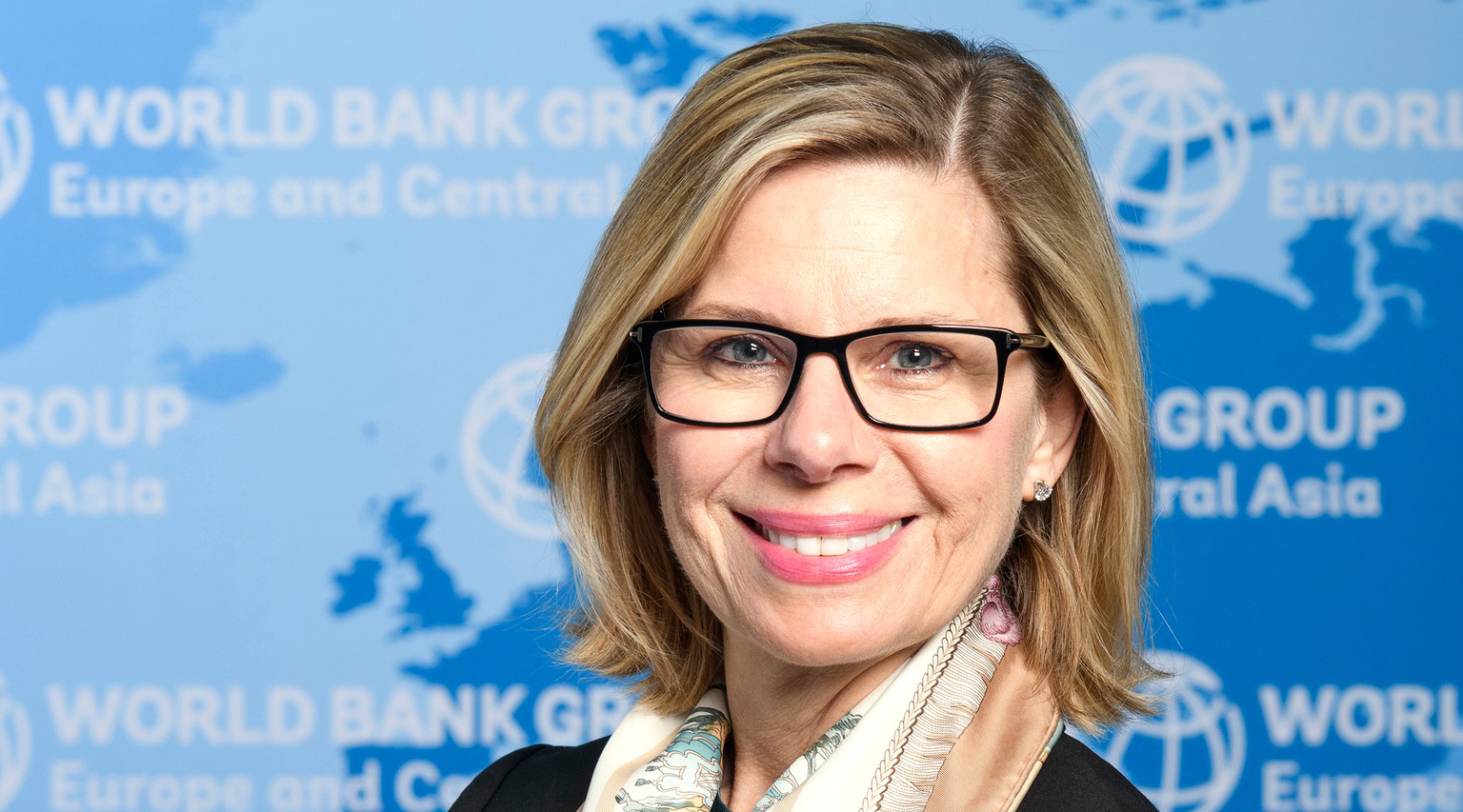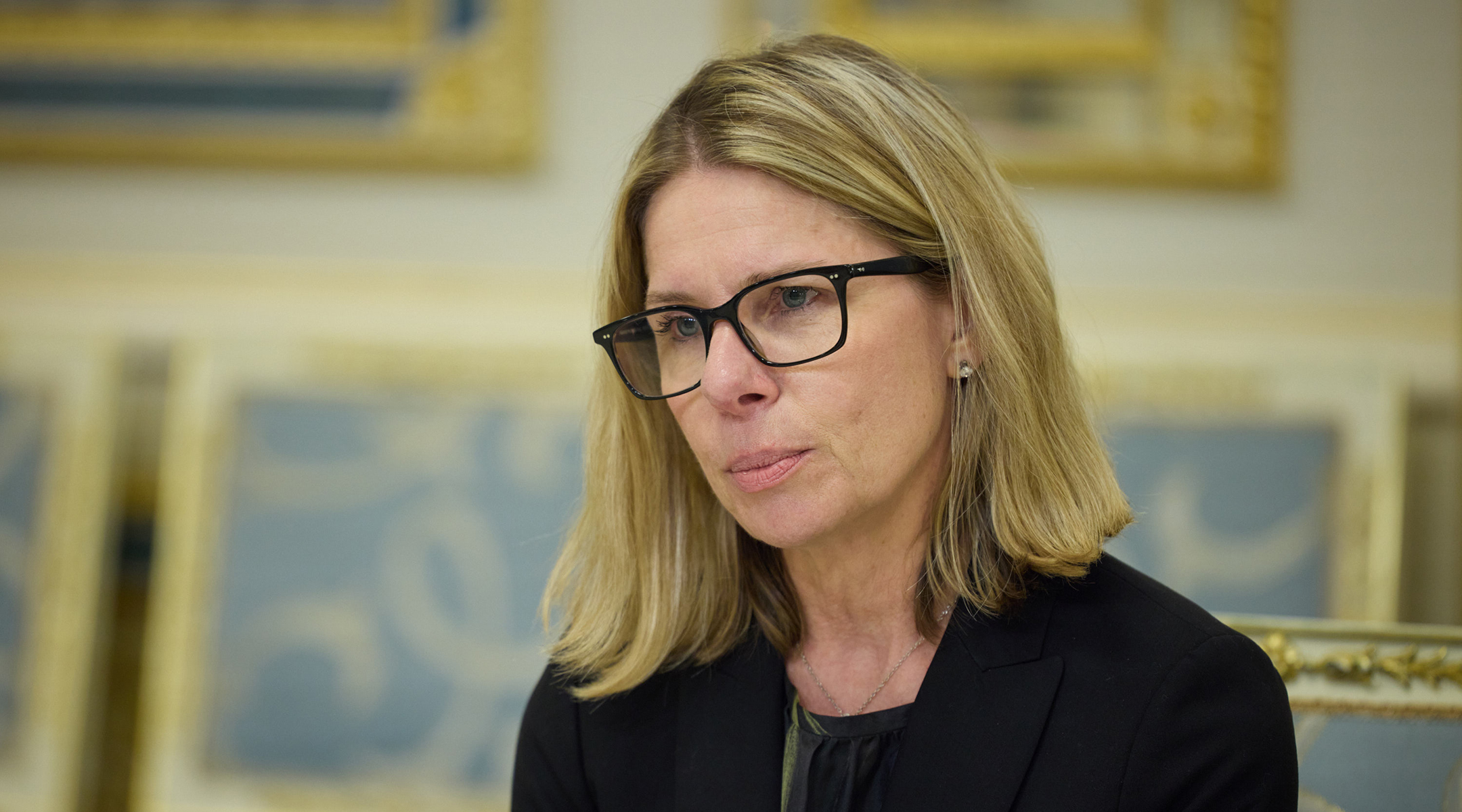The World Bank is one of the main financial partners helping Ukraine sustain its economy amid the ongoing war. More than 50% of all economic aid provided to Ukraine since war-start has gone through the World Bank. Unfortunately, enemy attacks on Ukraine's critical infrastructure are posing new challenges to the Ukrainian government and the entire international community. Anna Bjerde, Vice President of the World Bank for Europe and Central Asia, who recently visited Ukraine, was able to see firsthand the difficulties and losses caused by the war. Therefore, in an interview with Ukrinform, Ms. Bjerde once again emphasized that international donors would not stop supporting Ukraine.
What is the Bank doing in Ukraine/has done since the start of the war and how is this support trickling down to ordinary Ukrainians?
Eleven days after Russia’s invasion, we had mobilized a package of $730 million of fast disbursing support to Ukraine’s budget. Following that, we have designed an effective and agile project that disburses World Bank resources as well as those of Ukraine’s largest development partners to fund the expenditure such as pensions, social payments, salaries of teachers and hospital workers and first responders. This is helping a large share of Ukraine’s population, including its most vulnerable, through this very difficult time.
Now, in addition to providing this support to the budget, we are focusing on assistance for pressing repairs - energy infrastructure, roads, bridges, railways, and health clinics and services.
The World Bank has been a partner of Ukraine for 30 years and we will continue to support Ukraine during war, reconstruction and on its path towards what we believe is a bright future.

The World Bank has mobilized $17.8 billion for Ukraine and, as of December 8, $13 billion had been disbursed to the country. When could the rest of the sum come to Ukraine?
By the end of 2022, we estimate that we will disburse another US$1.7 billion. The remainder will be disbursed early next year.
Overall, more than 50 percent of all economic aid that has gone to Ukraine since the war started has gone through the World Bank.
What are the upcoming projects for Ukraine you are expecting from the Bank?
We know winter will be tough with much reduced electricity and heat. This is why the World Bank is working with the government to urgently repair critical infrastructure to make the difficult months ahead as bearable as possible. As I mentioned, we are finalizing several financing packages that will help the government with urgent needs in the energy, transport and health sectors.
These projects are scalable and will be able to absorb more funding as they become available and are designed to disburse quickly. As winter progresses, we will continue raising funds from our own accounts and through our donor partners to help continue essential services.
The World Bank established a new Multi-Donor Trust Fund (MDTF) for Ukraine this year. How many countries have been attracted and what is the amount of assistance possible to receive through it?
The three financing operations for electricity, transport and health mentioned above will be set up under the Ukraine Relief, Recovery, Reconstruction and Reform Trust Fund (URTF), a trust fund we set up to coordinate grant financing and sustain Ukraine’s government functions, deliver services and implement relief efforts.
So far, Iceland, the Netherlands and Norway have contributed a total of US$200 million to the URTF. A founding pledge from Switzerland as well as pledges from Austria, Lithuania and Sweden, among others, will soon be finalized as contributions. We anticipate several other countries to join in as well.
Let me say this, we have had success with our trust funds for Ukraine so far, and we believe URTF will be a major source of funding for Ukraine.

How is the World Bank helping shape the recovery efforts?
With the ongoing war, the financing needs are growing every day and are staggering.
In September 2022, together with the Government of Ukraine and the European Commission, we published a Rapid Damage and Needs Assessment (RDNA), which evaluated the impact of the war across social, productive and infrastructure sectors, and covered housing, education, health, commerce, and industry needs. This assessment estimated Ukraine’s recovery needs to total $350 billion. However, the ongoing war and recent attacks on energy infrastructure have pushed this estimate significantly higher. A new needs assessment should be ready in early spring 2023.
The World Bank has unparalleled global capacity to support countries to design and implement complicated large-scale projects. We also have extensive experience working in post-conflict reconstruction. In fact, our first loans went to European countries to help them rebuild after World War II. We've learned from work in other conflict settings that you can't wait for the war to end because then reconstruction becomes even more expensive and more difficult.
Finally, we are uniquely positioned to provide a flexible platform for donor contributions with corresponding supervision to ensure that money goes where it is intended. This is why we are setting up projects that are scalable to support recovery and build capacity for reconstruction.
Ukraine’s remarkable resilience is in large part attributable to the difficult and successful reforms in macroeconomic management and institution-building that the authorities undertook in recent years, prior to the war.
Channeling financing through the Ukrainian Government makes it transparent and responsive to the government’s priorities for budget support, recovery and, eventually, reconstruction.
This attention to reform and deepening the capacity and transparency of governance will also be essential for the transition to post-war recovery.

Recently, you visited Kyiv. Please, share your reflections about the visit.
I came to Ukraine in mid-November when we met with President Zelenskyy, Prime Minister Shmyhal and other members of the government to reiterate our support and express solidarity with the people of Ukraine. While in Ukraine, we visited Lviv, Kyiv, Irpin and Bucha.
It was important to see first-hand the destruction and witness the hardship and loss this war is causing. Shortly after we arrived in Kyiv, extensive aerial attacks started, and we spent several hours in a bomb shelter. This unsettling experience gave us a sense for what our counterparts and the people of Ukraine have to endure every day.
We were impressed by the central and local governments’ commitment, as well as communities’ endeavors, to restore livability in their cities and to provide support to survivors of victims brutally killed.
Overall, the people of Ukraine and its leadership are an incredible symbol of resilience, bravery and determination. The recovery and reconstruction of Ukraine will require sustained and long-term effort, well after the conflict ends. The World Bank Group will be there with Ukraine every step of the way.
Oksana Polishchuk, Kyiv
